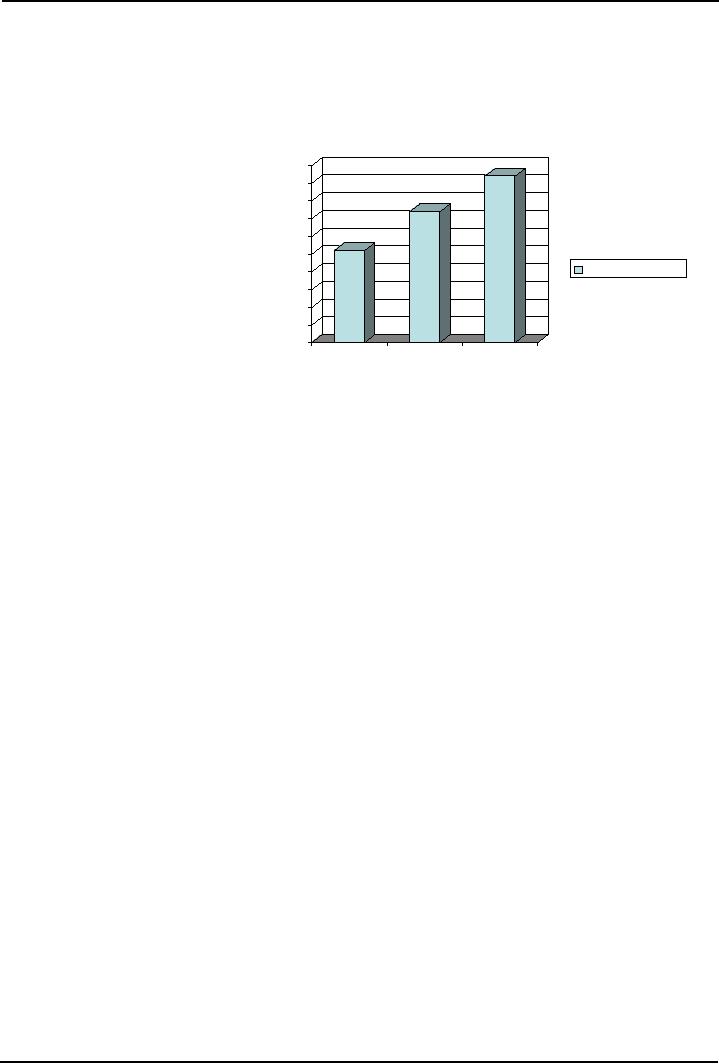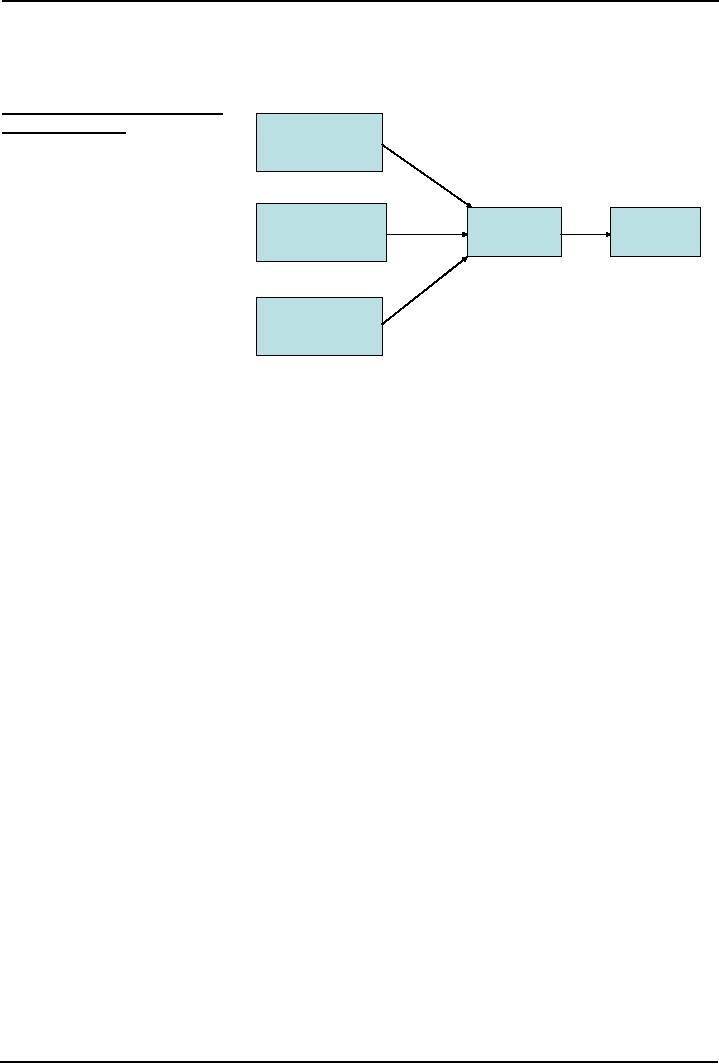 |
ATTITUDE AND BEHAVIOR:Theory of planned behavior, Attitude strength |
| << ATTITUDE FORMATION:Classical conditioning, Subliminal conditioning |
| ATTITUDE CHANGE:Factors affecting dissonance, Likeability >> |

Social
Psychology (PSY403)
VU
Lesson
22
ATTITUDE
AND BEHAVIOR
Aims:
Introducing
the concept of relationship between
attitude and behavior.
Objectives
�
Describe models of
the relationship between attitudes and
behavior
�
Understanding
factors determining link
between attitude and
behavior.
The
Attitude-Behaviour Relationship
During
the 1970s a crisis of "confidence" in the
attitude concept developed as a
result of weak
relationship
between attitude and behaviour.
Psychologists
started questioning whether
attitudes still should be considered a
central concept of
social
psychology.
Difficulty
was first demonstrated by
LaPierre in 1934; in the US in the 30's
there was widespread
prejudice
again Asians. LaPierre went
with a young Chinese couple
across the U.S for 3 months.
The
question
under consideration was `Would
restaurant/hotel managers refuse to
serve the couple?'
Only
1 out of 66 hotels turned them away, 1
out of 250 restaurants refused
service
Later
a letter sent asking if they
would serve Chinese
Of
the 128 replies 90% said
they would refuse to serve
Chinese people
When
do attitudes predict behaviour?
1.
Factors affecting attitude-behaviour
relationship
Specificity
Test-retest
reliability
Private
vs. public
self-awareness
Attitude
strength
Attitude
accessibility
2.
Theory of planned behavior
1.
Factors affecting attitude-behaviour
relationship
Specificity
In
LaPierre study Behaviour was
specific (the Chinese
couple) but attitude was
general (would you
serve
Chinese people in
general)
Specific
attitudes ----> Specific
behaviour
Test-retest
reliability
The
longer the time between attitude
measurement and behaviour, more
likely the attitude will
change
Private
vs. Public
self-awareness
Privately
self-aware ----> behave in line with
own attitude
Publicly
self-aware ----> behave in line with
public attitude
William
Froming et al. (1982) pre-tested
students regarding their
attitude toward physical
punishment;
From
this group selected those
having negative attitude
toward physical punishment;
Later the
participants
were asked to administer shocks to
people; The results showed
that participants behaved
according
to their private and public
self-awareness; those private
self-conscious and looking
themselves
in mirror administered shocks of
lesser intensity. Those
facing audience worked according
to
their
public self-awareness.
86

Social
Psychology (PSY403)
VU
Attitude-Behavior
consistency due to type of self-awareness
is displayed in the following
graph.
Attitude-Behavior
consistency due
Attitude
strength
to
type of self-awareness
�
Greater
information
about
attitude object:
5
having
more information
4.5
about
an attitude object
4
3.5
is
often sufficient to
3
strengthen
people's
2.5
attitude.
Mean
shock level
2
�
Greater
personal
1.5
involvement
with
1
attitude
object
0.5
�
Greater
direct experience
0
with
attitude:
With
Mirror
Control
Audience
condition
condition
condition
having
a
direct
experience,
people tend
to
engage in all
3
components
of attitude:
affective,
cognitive, and behavioral.
All
three factors lead to greater attitude strength and
greater attitude-behaviour
consistency
�
Study
showing consistency between environmental
attitude and knowledge and
behaviour
(Kallgren
& Wood, 1986): People were questioned
first about their attitude
and knowledge about
environmental
issues; later were asked to
participate in pro-environmental
activities. Those who
know
a lot showed more consistency between
attitude and behavior.
Attitude
accessibility
The
availability heuristic (tendency to
judge the probability of an event;
recall)
The
more accessible an attitude the greater
attitude-behaviour consistency
Measured
by speed of response to questions
concerning the attitude object
(Fazio & Williams,
1986)
2.
The theory of planned
behaviour (Fishbein & Ajzen,
1975)
People's
conscious decisions (intentions) to
engage in specific actions are
determined by three factors...
1.
Determinants of attitudes
One's
beliefs about the consequences of
performing the behaviour
Ones
evaluation of the possible
consequences
2.
Determinants of subjective
norms
The
perceived expectations of significant
others
One's
motivation to confirm to these
expectations
3.
Determinants of perceived
control
One's
perception of how easy or
difficult to perform the behaviour, e.g.,
Quitting smoking
Attitude
is positive (I want to stop
smoking)
Subjective
norms are positive (family
wants you to stop
smoking)
Perceived
control is low (I'm
addicted!)
Not
an additive effect, if one of the three
components is strongly anti- the
behaviour, intention will
be
low
and the behaviour will not be
carried out
87

Social
Psychology (PSY403)
VU
Diagram
illustrating theory of planned
behavior
Theory
of planned behavior
�
Criticisms
on the theory of
planned
behaviour
Attitude
toward
Spontaneous
unintentional
a
behavior
behaviour
(e.g.,
attitude
accessibility)
Habits.
Both
of these involve
little
Subjective
norms
Intention
Behavior
reasoned
thought
(behavioural
intention)
TPB
is good for
explaining
logical
reasoned behaviours
but
cannot account
for
Perceived
behavioral
automatic
behaviour
control
We
are, after all,
cognitive
misers...
Reading
�
Franzoi,
S. (2003). Social Psychology.
Boston: McGraw-Hill. Chapter 6.
88
Table of Contents:
- INTRODUCTION TO SOCIAL PSYCHOLOGY:Readings, Main Elements of Definitions
- INTRODUCTION TO SOCIAL PSYCHOLOGY:Social Psychology and Sociology
- CONDUCTING RESEARCH IN SOCIAL PSYCHOLOGY:Scientific Method
- CONDUCTING RESEARCH IN SOCIAL PSYCHOLOGY:Evaluate Ethics
- CONDUCTING RESEARCH IN SOCIAL PSYCHOLOGY RESEARCH PROCESS, DESIGNS AND METHODS (CONTINUED)
- CONDUCTING RESEARCH IN SOCIAL PSYCHOLOGY OBSERVATIONAL METHOD
- CONDUCTING RESEARCH IN SOCIAL PSYCHOLOGY CORRELATIONAL METHOD:
- CONDUCTING RESEARCH IN SOCIAL PSYCHOLOGY EXPERIMENTAL METHOD
- THE SELF:Meta Analysis, THE INTERNET, BRAIN-IMAGING TECHNIQUES
- THE SELF (CONTINUED):Development of Self awareness, SELF REGULATION
- THE SELF (CONTINUE…….):Journal Activity, POSSIBLE HISTORICAL EFFECTS
- THE SELF (CONTINUE……….):SELF-SCHEMAS, SELF-COMPLEXITY
- PERSON PERCEPTION:Impression Formation, Facial Expressions
- PERSON PERCEPTION (CONTINUE…..):GENDER SOCIALIZATION, Integrating Impressions
- PERSON PERCEPTION: WHEN PERSON PERCEPTION IS MOST CHALLENGING
- ATTRIBUTION:The locus of causality, Stability & Controllability
- ATTRIBUTION ERRORS:Biases in Attribution, Cultural differences
- SOCIAL COGNITION:We are categorizing creatures, Developing Schemas
- SOCIAL COGNITION (CONTINUE…….):Counterfactual Thinking, Confirmation bias
- ATTITUDES:Affective component, Behavioral component, Cognitive component
- ATTITUDE FORMATION:Classical conditioning, Subliminal conditioning
- ATTITUDE AND BEHAVIOR:Theory of planned behavior, Attitude strength
- ATTITUDE CHANGE:Factors affecting dissonance, Likeability
- ATTITUDE CHANGE (CONTINUE……….):Attitudinal Inoculation, Audience Variables
- PREJUDICE AND DISCRIMINATION:Activity on Cognitive Dissonance, Categorization
- PREJUDICE AND DISCRIMINATION (CONTINUE……….):Religion, Stereotype threat
- REDUCING PREJUDICE AND DISCRIMINATION:The contact hypothesis
- INTERPERSONAL ATTRACTION:Reasons for affiliation, Theory of Social exchange
- INTERPERSONAL ATTRACTION (CONTINUE……..):Physical attractiveness
- INTIMATE RELATIONSHIPS:Applied Social Psychology Lab
- SOCIAL INFLUENCE:Attachment styles & Friendship, SOCIAL INTERACTIONS
- SOCIAL INFLUENCE (CONTINE………):Normative influence, Informational influence
- SOCIAL INFLUENCE (CONTINUE……):Crimes of Obedience, Predictions
- AGGRESSION:Identifying Aggression, Instrumental aggression
- AGGRESSION (CONTINUE……):The Cognitive-Neo-associationist Model
- REDUCING AGGRESSION:Punishment, Incompatible response strategy
- PROSOCIAL BEHAVIOR:Types of Helping, Reciprocal helping, Norm of responsibility
- PROSOCIAL BEHAVIOR (CONTINUE………):Bystander Intervention, Diffusion of responsibility
- GROUP BEHAVIOR:Applied Social Psychology Lab, Basic Features of Groups
- GROUP BEHAVIOR (CONTINUE…………):Social Loafing, Deindividuation
- up Decision GROUP BEHAVIOR (CONTINUE……….):GroProcess, Group Polarization
- INTERPERSONAL POWER: LEADERSHIP, The Situational Perspective, Information power
- SOCIAL PSYCHOLOGY APPLIED: SOCIAL PSYCHOLOGY IN COURT
- SOCIAL PSYCHOLOGY APPLIED: SOCIAL PSYCHOLOGY IN CLINIC
- FINAL REVIEW:Social Psychology and related fields, History, Social cognition